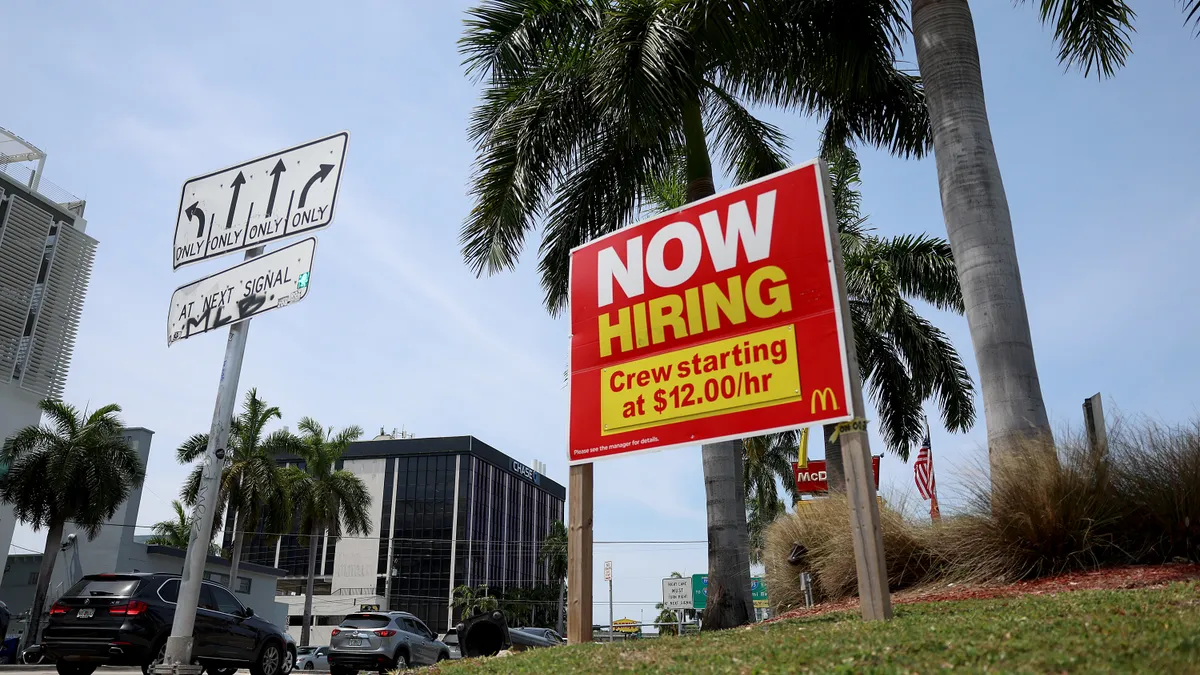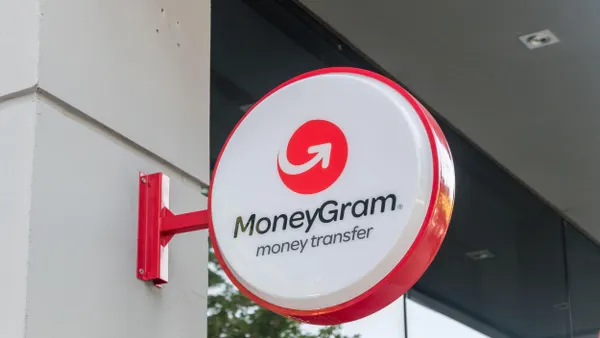When Bob Feller was vice president of finance at Salesforce.com during its rapid rise as a software-as-a-service (SaaS) pioneer, the CRM company’s profit and loss (P&L) statement consistently showed losses, but no one was a bigger champion than he was on spending big to snag bookings.
"As head of revenue, it was natural to be the budget-stopper," Feller, current CFO of Workforce Software, said in a CFO Thought Leader podcast. "But I could really see that from a working capital standpoint this [recurring revenue model could become] a cash cow very quickly."
Given its promise, at a time when the SaaS model was still being sketched out, Feller opened up the spigot to bring in top sales people, pay them top dollar and get the databases and systems they needed to boost bookings.
"We paid some crazy commission rates because we had to get people who were working at Oracle and Siebel and they were used to [getting paid] on licenses," he said. "We were spending a crazy amount of money on databases and servers to build it all up. But we were cash flow positive much quicker than you would have thought given our actual P&L."
Although the P&L was showing losses, he said, the company's recurring revenue model kept it flush with money. "We had to be prudent, but we were seeing customer demand — the message was resonating — so we said, 'Let’s shoot for 100% bookings.'"
The company became a big Silicon Valley success story, challenging its entrenched rival, Siebel Systems, and establishing itself as a business-to-business SaaS leader. It went public in 2004.
Bookings first
At Workforce, another fast-growth company, Feller brings the same bookings-first focus, because the B2B SaaS business model can only work if churn is kept to minimum and subscribers renew. "I have an extreme focus on the customer," he said.
To keep subscribers on board, you must have the right metrics — like annual recurring revenue and lifetime customer value — but those won’t help if you aren’t equipped to leverage them.
"Sometimes good SaaS metrics are hard to put together when you don't have the data or the systems," he said. "A lot of what I had to work on was actually putting in the underlying systems, the ability to collect and put in the data, organize it, and get the people that can get insights out of that data."
Private equity firm Insight Partners bought Workforce six years ago, and Feller was their first hire. They hoped he'd elevate the company's internal administrative capabilities. In addition to finance, he oversees HR, legal and IT.
"They were looking for an experienced SaaS CFO who knew how to put together a team and the appropriate SaaS company metrics, KPIs, and how to work with a PE firm," he said. "There’s a lot of great talent at these [types of] companies, but it’s really putting them in the right place so they can succeed and then making sure they know what they’re in for, coming out of what the company used to be and into what it’s going to be."
In addition to the systems he built, he encouraged his finance team members to see themselves not as accountants and analysts but as business partners to the company’s functional areas.
"To my team I say, you're all business partners. You all have customers," he said.
Navigating the downturn
To help the company get through COVID-19, Feller is drawing on his experience managing through the 2000 dot.com burst and the 2008 financial crisis.
"I don't want to say I saw the big stock drop coming, but I sort of did," he said. "What happens is, everybody tightens their belt. So, you have to be prepared as CFO, and CEO, to take steps to get your company through this, even if it’s a short-term disruption."
Feller said he expects the crisis to be short-lived, because unlike the financial crisis, the downturn stems from an external jolt, not a weakness in the system itself. "The financial crisis was systemic, and took almost a decade to unwind," he said. "This feels like more of an external shock. But, still, the financial shock is going to be real. So you have to be prepared with actions that, hey, what if your customers just stopped paying your bills?"
The challenge, he said, is to ensure the company has cash to get through the crisis without compromising its ability to service its customers and jump on opportunities.
"You don't want to stop doing business," he said. "You have to continue your service to your customer. We’re a SaaS business, so how can we reassure our customers that our data centers will stay online? If they call in, they will get support. So, there’s an operational process we're going through to make sure that, hey, the employees are working from home. Can they still do the essential customer facing things?"
On the financial side, he's modeling what he calls a light-medium worst-case scenario. "This is all very fresh, so we started the process but things change every day," he said.
Even so, he's confident of his company’s ability to weather the storm, even if he doesn’t know how things will play out.
"I learned to be much more humble as I’ve gotten more experience," he said. "I say 'I don't know' more often, and ask questions."




















